Beginners learning Artificial Intelligence must read mathematics books recommendation with PDF download
by Ready For AI · July 14, 2018
Mathematics is a crucial foundation for understanding artificial intelligence, as it underpins many of the concepts and techniques used in the field. Some recommended books on mathematics for AI include "Linear Algebra and Its Applications" by Gilbert Strang, "Calculus: Early Transcendentals" by James Stewart, and "Probability Theory: The Logic of Science" by E.T. Jaynes. These books, along with others on topics such as statistics, optimization, and numerical methods, are available as free PDF downloads or can be purchased online. By developing a solid understanding of mathematical concepts, learners can better grasp the principles and applications of artificial intelligence.
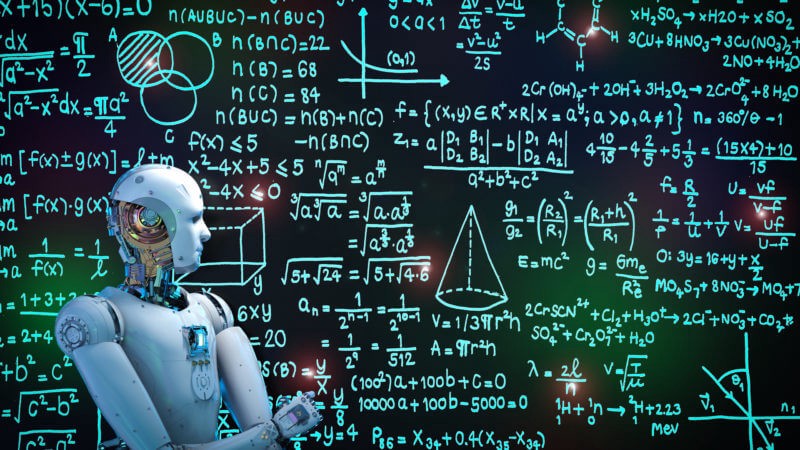
Calculus: How to understand the algorithm and optimize the training process?
As a basic knowledge of mathematics, calculus contains a lot of basic ideas and methods for dealing with intelligent problems, and it is also an essential element for understanding complex algorithms. Today’s various artificial intelligence technologies are based on mathematical models, so to understand artificial intelligence, you must first master the necessary mathematical basics.
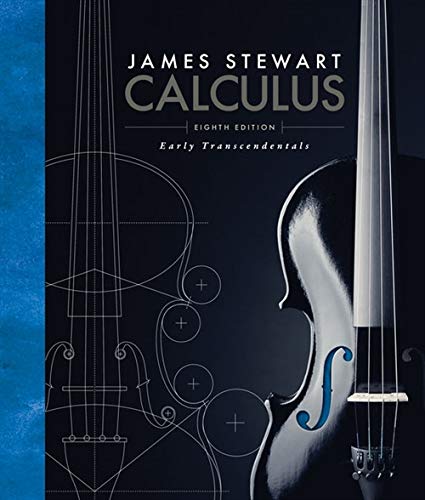
Calculus: Early Transcendentals
It includes numerous examples and exercises to help readers understand the concepts and apply them to real-world problems. Additionally, the book includes applications of calculus to various fields, including physics, engineering, and economics. Overall, "Calculus: Early Transcendentals" is a widely respected textbook on calculus that has been used by students and instructors for decades. It is an excellent resource for anyone looking to learn the fundamentals of calculus or deepen their understanding of the subject.
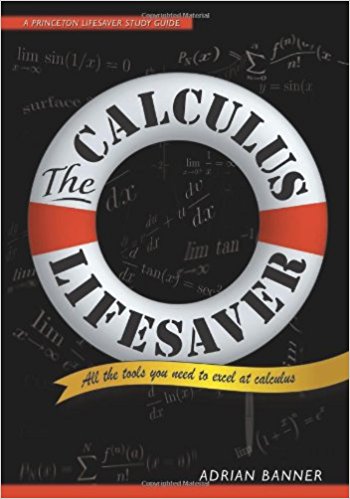
The Calculus Lifesaver: All the Tools You Need to Excel at Calculus
The book covers topics such as limits, derivatives, integrals, series, and differential equations, and includes numerous examples, diagrams, and exercises to help readers master the material. Unlike traditional calculus textbooks, which often focus on rote memorization and formulaic problem-solving, "The Calculus Lifesaver" emphasizes conceptual understanding and problem-solving strategies. "The Calculus Lifesaver" has been widely praised for its clarity, accessibility, and effectiveness in helping students master the subject. It is recommended for anyone studying calculus, whether as a student in high school or college, or as a self-learner looking to deepen their understanding of the subject.
Linear Algebra: How to formalize research objects?
In fact, linear algebra is not only the basis of artificial intelligence, but also the basis of many disciplines such as modern mathematics and modern mathematics as the main analytical method. From quantum mechanics to image processing, the use of vectors and matrices is indispensable. Behind vectors and matrices, the core meaning of linear algebra is to provide an abstract perspective on the world: everything can be abstracted into a combination of certain features and statically under the framework defined by the pre-defined rules and observe it in a dynamic way.
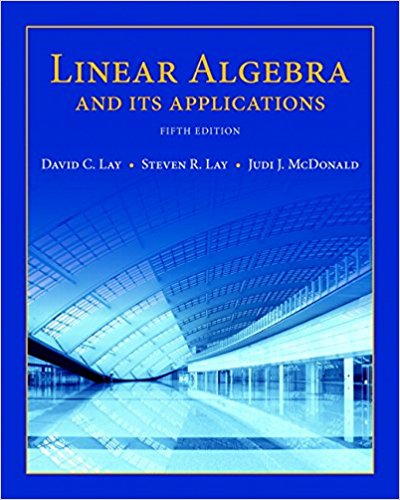
Linear Algebra and Its Applications
Written by experts in mathematics, this introduction to linear algebra covers a range of topics. These subjects include matrix algebra, vector spaces, eigenvalues and eigenvectors, symmetric matrices, linear transformations, and more. Mathematics professors David C. Lay, Steven R. Lay, and Judi J. McDonald clearly guide learners through abstract algebraic topics.This 5th edition, 2014 hardcover issue helps students learn the abstract concepts often found in linear algebra by introducing these concepts within a familiar setting.
Probability Theory: How to describe statistical laws?
With the rise of the connectionist school, probability statistics has replaced mathematical logic and become the mainstream tool for artificial intelligence research. Today, as data explosions and computational power indexing increase, probability theory has played a central role in machine learning. Like linear algebra, probability theory also represents a way of looking at the world, with a focus on the ubiquitous possibilities.
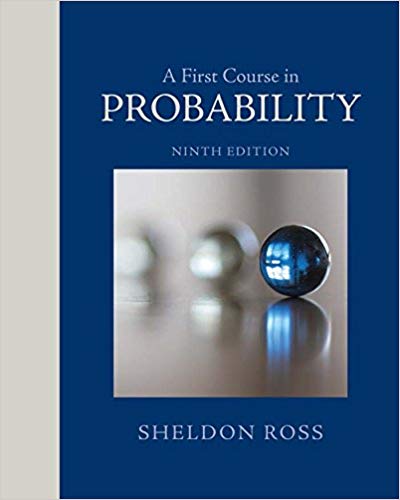
A First Course in Probability
Features clear and intuitive explanations of the mathematics of probability theory, outstanding problem sets, and a variety of diverse examples and applications. This book is ideal for an upper-level undergraduate or graduate level introduction to probability for math, science, engineering and business students.
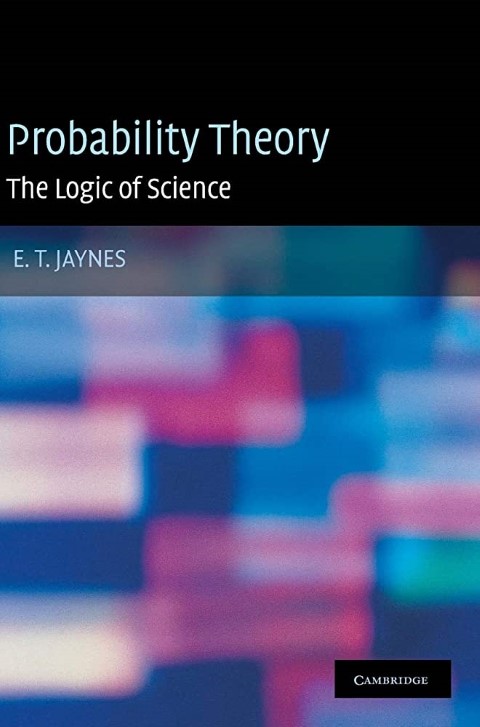
Probability Theory: The Logic of Science
The book covers topics such as probability distributions, Bayesian inference, maximum entropy, decision theory, and the role of probability in physics and information theory. It is written in a clear and engaging style, and includes numerous examples and exercises to help readers understand the concepts presented. "Probability Theory: The Logic of Science" has been widely praised for its clarity, rigor, and relevance to a wide range of fields, from physics and engineering to economics and psychology. It is considered a classic text in the field of probability theory and Bayesian inference, and is recommended for anyone interested in these topics.
Mathematical Statistics: How to see more from the nuances?
The basic statistical theory helps to explain the results of machine learning algorithms and data mining. Only by making a reasonable interpretation can the value of the data be reflected. Mathematical statistics study random phenomena based on data obtained from observations or experiments, and make reasonable estimates and judgments on the objective laws of the subjects.
Although mathematical statistics are based on probability theory, there is a fundamental difference in methods between the two. The premise of probability theory is that the distribution of random variables is known. The characteristics and laws of random variables are analyzed according to the known distribution. The research objects of mathematical statistics are random variables with unknown distribution. The research method is to repeat the random variables independently. Observe and make an inference of the original distribution based on the observations obtained.
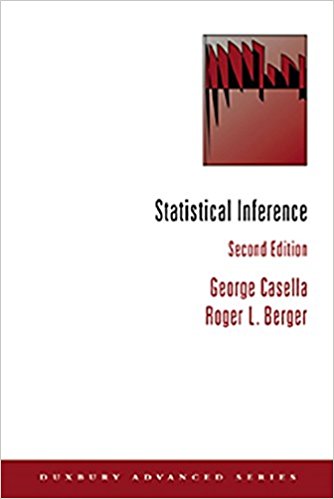
Statistical Inference
Starting from the basics of probability, the authors develop the theory of statistical inference using techniques, definitions, and concepts that are statistical and are natural extensions and consequences of previous concepts. Intended for first-year graduate students, this book can be used for students majoring in statistics who have a solid mathematics background. It can also be used in a way that stresses the more practical uses of statistical theory, being more concerned with understanding basic statistical concepts and deriving reasonable statistical procedures for a variety of situations, and less concerned with formal optimality investigations.
Optimization Theory: How to find the optimal solution?
Essentially, the goal of artificial intelligence is to optimize: make optimal decisions in complex environments and multi-body interactions. Almost all artificial intelligence problems will ultimately come down to the solution of an optimization problem, so the optimization theory is also the basic knowledge necessary for artificial intelligence. The problem of optimization theory research is to determine whether the maximum value (minimum value) of a given objective function exists and find the value that causes the objective function to take the maximum value (minimum value). If you consider a given objective function as a mountain, the process of optimization is to determine the location of the summit and find the process of reaching the summit.
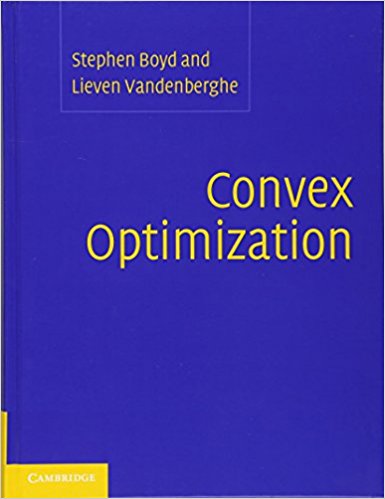
Convex Optimization
A comprehensive introduction to the convex optimization subject, this book shows in detail how such problems can be solved numerically with great efficiency. The focus is on recognizing convex optimization problems and then finding the most appropriate technique for solving them. The text contains many worked examples and homework exercises and will appeal to students, researchers and practitioners in fields such as engineering, computer science, mathematics, statistics, finance, and economics.
Information Theory: How to quantitatively measure uncertainty?
Scientific research in recent years has continually confirmed that uncertainty is the essential attribute of the objective world. In other words, God really rolls the dice. The world of uncertainty can only be described using a probabilistic model, which led to the birth of information theory.
Information theory uses the concept of “information entropy” to explain the amount of information in a single source and the amount and efficiency of information transmitted in communication, and to build a world between uncertainty in the world and measurability of information. bridge.
In short, information theory deals with uncertainty in the objective world; conditional entropy and information gain are important parameters in classification problems; KL divergence is used to describe the difference between two different probability distributions; the principle of maximum entropy is a summary of classification problems. Common guidelines.
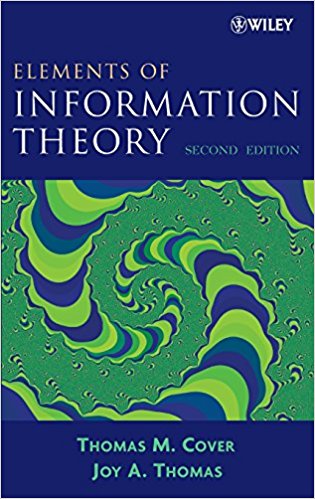
Elements of Information Theory
The Second Edition of this fundamental textbook maintains the book's tradition of clear, thought-provoking instruction. Readers are provided once again with an instructive mix of mathematics, physics, statistics, and information theory. All the essential topics in information theory are covered in detail, including entropy, data compression, channel capacity, rate distortion, network information theory, and hypothesis testing. The authors provide readers with a solid understanding of the underlying theory and applications. Problem sets and a telegraphic summary at the end of each chapter further assist readers. The historical notes that follow each chapter recap the main points.
Discrete Mathematics: How to make AI more logical?
Discrete mathematics is a branch of mathematics that deals with discrete structures, such as integers, graphs, and logical statements. It has many applications in computer science, including artificial intelligence (AI).
Logic and reasoning: Discrete mathematics provides a foundation for symbolic logic and reasoning, which are essential for building intelligent systems that can reason and make decisions based on data.
Graph theory: Graph theory is a branch of discrete mathematics that deals with the study of graphs. Graphs are widely used in AI to model complex systems, such as social networks, transportation networks, and neural networks.
Probability theory: Probability theory is an important part of discrete mathematics that deals with the study of random events. In AI, probability theory is used to model uncertainty and make predictions based on incomplete information.
Combinatorics: Combinatorics is the study of counting and arrangements of objects. It has applications in AI for tasks such as feature selection, optimization, and search algorithms.
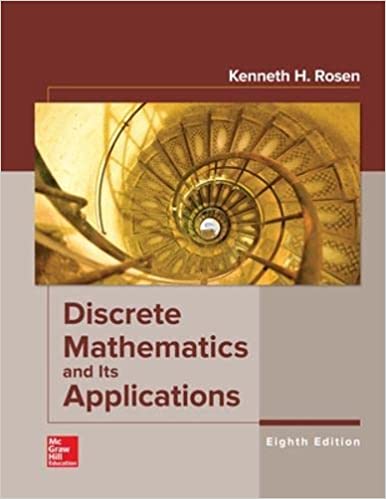
Discrete Mathematics and Its Applications
Discrete Mathematics and Its Applications is a comprehensive textbook that provides an introduction to the fundamental concepts and techniques of discrete mathematics. The book covers a wide range of topics, including logic, set theory, graph theory, combinatorics, number theory, and more. The text is organized in a clear and accessible manner, with each chapter building upon the previous ones to help the reader develop a solid understanding of the subject matter. The book also includes numerous examples, exercises, and applications throughout to help the reader apply the concepts to real-world problems.











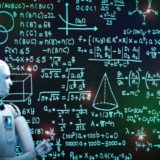


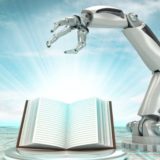



Pattern Recognition and Machine Learning by Bishop is a good start